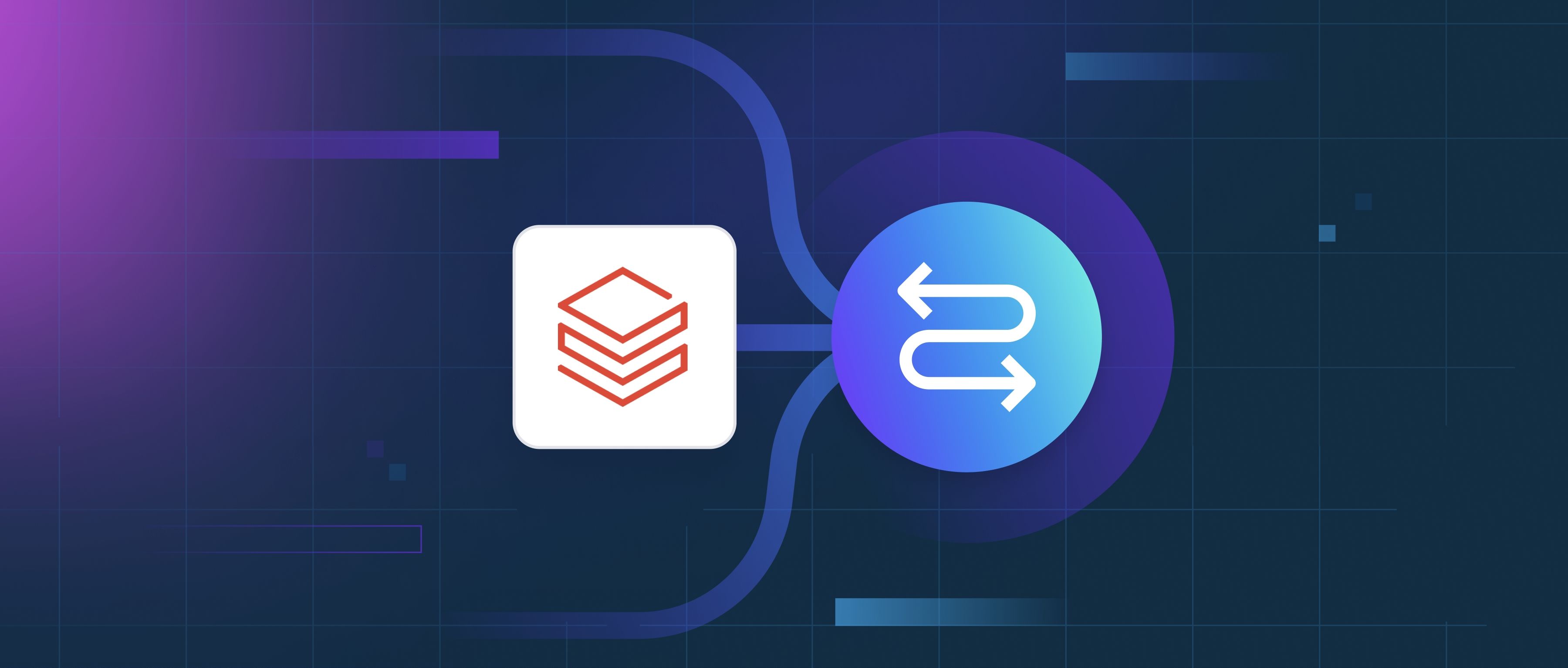A graph-based recommendation system is a type of recommendation engine that utilizes graph data structures to represent and analyze relationships between items, users, and their interactions. In a graph, nodes represent the entities such as users and products, while edges represent the relationships or interactions, like ratings, purchases, and views. This structure allows the system to model complex relationships and provide personalized recommendations by traversing these connections. For example, if User A interacts with Item X, and User B interacts with the same item, the system can suggest Item Y to User B if User A also showed interest in Item Y.
One of the key advantages of graph-based recommendation systems is their ability to explore the relational data across various dimensions. They can consider not just user-item interactions, but also item-item and user-user relationships. For instance, if many users who liked Movie A also liked Movie B, the system can suggest Movie B to users who enjoyed Movie A. This kind of collaborative filtering can enhance the accuracy of recommendations by leveraging the wisdom of the crowd while accounting for the contextual relationships in the graph.
Implementing a graph-based recommendation system often involves using graph databases, like Neo4j or Apache TinkerPop, which provide the necessary tools for storing, querying, and analyzing graph data efficiently. Developers can use algorithms like PageRank or community detection to discover influential users or clusters of similar items, helping to drive the recommendation process. By tapping into the underlying connections in the data, these systems can deliver more relevant suggestions, improving user engagement and satisfaction while allowing developers to easily update and maintain the underlying data structure.
